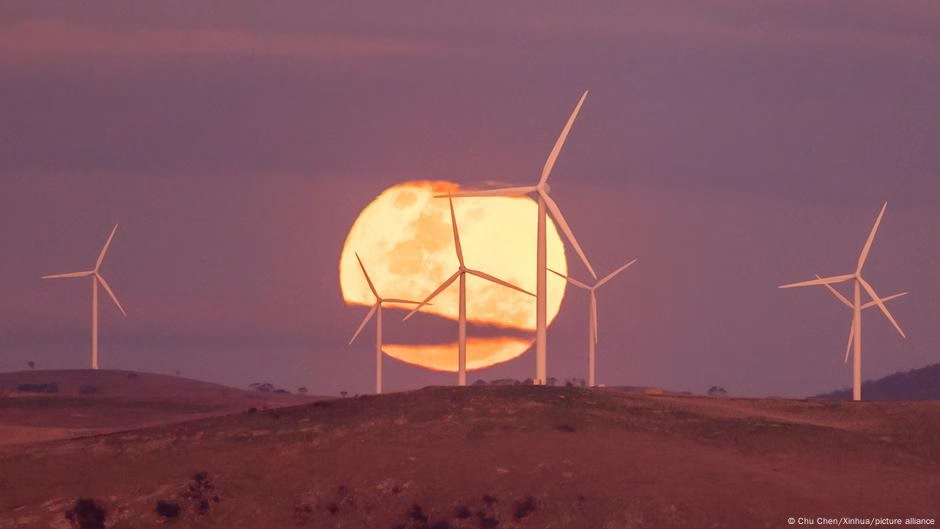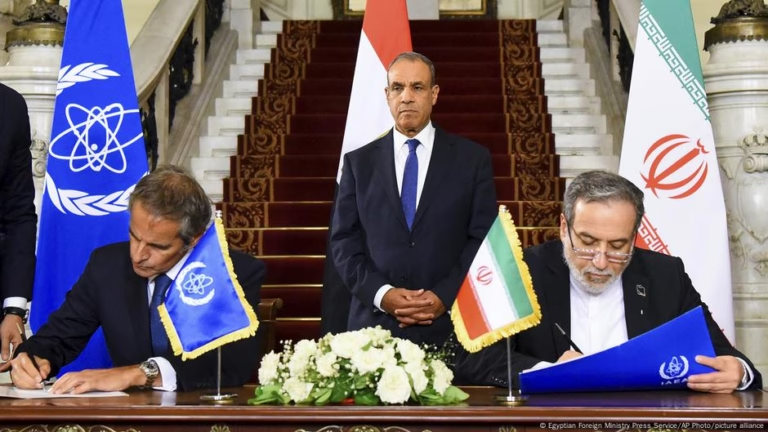In 2017, Scott Morrison, who was set to become Australia’s prime minister, held up a piece of coal in the federal parliament and declared that fossil fuel was essential for the country’s energy future. However, the city he stood in was mostly powered by wind and solar energy. The Australian Capital Territory (ACT), which is home to Canberra, the nation’s capital, achieved 100% renewable electricity in 2020, making coal and gas obsolete. ACT became the first state or city with a population over 100,000 outside of Europe to decarbonize its grid. In 2021, Canberra was named the world’s most sustainable city. Despite this, the larger Australian nation ranked last among OECD nations in clean energy investment, making ACT a green outlier. Currently, about 35% of Australia’s electricity is generated by renewables, but the country is expected to make up for the time lost and achieve its 2030 target of 82% renewables. It is unclear how ACT, the nation’s capital, managed to become a clean energy island in a sea of fossil fuels.
Source: https://www.dw.com/en/canberra-s-journey-to-100-renewables/a-71694896?maca=en-rss-en-all-1573-rdf






